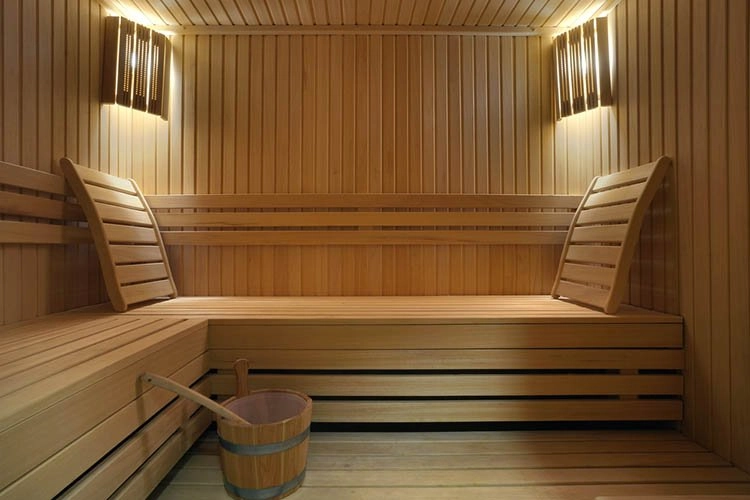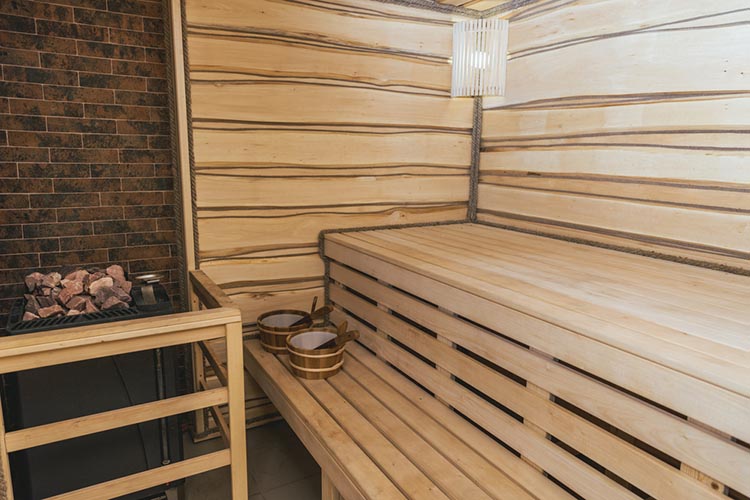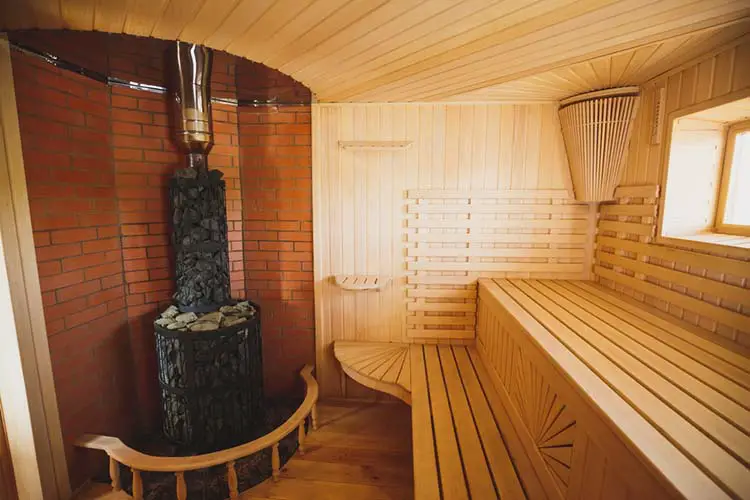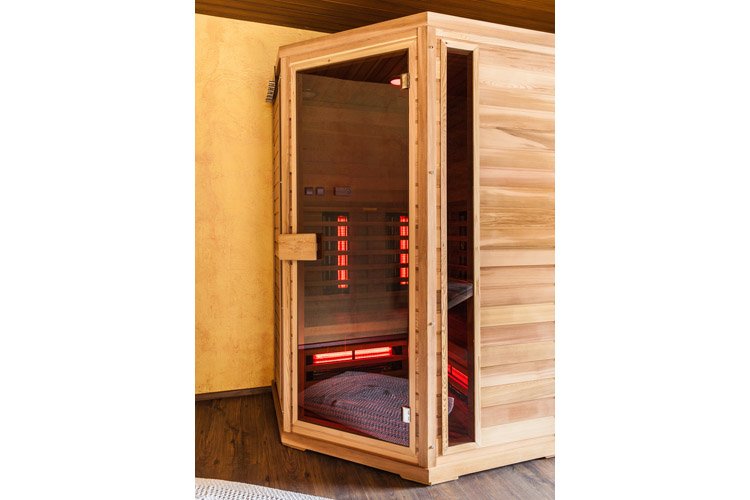If you’re dreaming about your very own sauna at home, you’re not alone. While sauna culture is rooted in history it is still widely popular today for its many health benefits and pure relaxation.
Before you plan your own sauna experience at home, you’ll want to explore the different types of saunas available and some of the pros and cons of each.
Home saunas can be heated electrically, by burning wood, or by using infrared light. Explore each option to decide which is the right home sauna for you and your family.
Sauna History
Saunas are certainly not new – they’ve been around for thousands of years and are found in many cultures around the world, including Japan, Korea, Scandinavia and Native American cultures.
But there’s a reason Finland might come to mind first when you think of a sauna. That’s because the sauna has been a way of life in Finland for over 2,000 years and Finns take sauna culture seriously. Sauna (correctly pronounced SOW (rhymes with WOW) -NAH is the only Finnish word in the English dictionary.
In Finland, a traditional sauna is one that is heated by a wood fire which warms rocks on top of the stove. Water is poured on the rocks to create steam. This is also referred to as a ‘wet sauna’. The heat in usually kept between 175-230 F ( 80–110 °C) while the steam creates up to 30% humidity.
The traditional way to sauna is to relax in a hot steamy sauna followed by a plunge in cold water. This might include a jump in a lake, a roll in the snow or a cool shower. Saunas are an essential part of Finnish culture for physical wellbeing as well as mental clearing. If you’re a traditionalist, read our tips on how to sauna like a true Finn.
Types of Saunas
Wood Burning Sauna
These saunas are considered the most traditional and are also called “wet saunas”. Typically the wood-burning stove is located outside the sauna room or building for safety and wood is fed into the fire until the sauna gets to the desired temperature. The hot stove heats rocks on top of the fire. Water is poured on top of the rocks to produce steam.
Pros
- No electricity required
- If you have access to wood, it can be a budget-friendly option to operate
- Can reach desired temperatures to your preference
- Good choice for purists
Cons
- Can take time to heat up
- Need a place to store wood and keep it dry
- Need to clean ashes from fireplace
Dry Sauna
A dry sauna can be heated by electric stove, gas or wood-burning. It offers similar benefits to a wet sauna but provides dry heat without the steam. Some users find the dry heat more tolerable than the humidity of a wet sauna.
Electrical Sauna
The most obvious advantage to an electric sauna is convenience. It’s the easiest to install anywhere you have power and start using.
You can set electric saunas to a specific temperature and even program your session in advance so it’s ready when you get home. It will reach your desired temperature quicker than other methods and maintain temperature level with accuracy. Those who prefer convenience may favor the electrical sauna. And since they’re easy to use, you might find yourself using it more often which equals more relaxation and less stress.
They’re also good for the safety conscious as they come equipped with practical safety features as well. They won’t rise to dangerous temperatures unexpectedly and most won’t run for more than an hour or so without resetting or confirming if you’d like to continue.
Because they’re so easy to use, many customers report they sauna more regularly and enjoy it more fully. If one of the benefits of a home sauna is stress reduction, the process itself shouldn’t be stressful!
On the other hand, electric saunas use… electricity. If you’re wanting your sauna in an area without reliable electric service or if you’re concerned about your utility bills, this might be a factor.
Pros
- Easy to Operate
- Can control temperature easily
- No mess to clean up
- Can be indoor or outdoor
Cons
- Electricity Bill
- Traditional sauna users may prefer wood-burning
Infrared Sauna
An infrared sauna requires far less power than a traditional electric sauna. While traditional saunas heat the air around you, an infrared sauna warms your body directly in the same manner as natural sunlight. So the body still perspires and gets the benefits of a good healthy sweat without the high heat of a traditional sauna. Infrared saunas are typically lower temperatures – ranging from 100 to 130 degrees Fahrenheit but allow you to sweat faster due to the technology. You might also enjoy longer sessions an infrared sauna since you don’t have to withstand the high heat or steam. The benefits of the sauna still leave you feeling relaxed and energized as the radiant heat can penetrate deep below the skin creating a calm warming inside the body.
The process uses very low doses of electromagnetic radiation that penetrate your tissue and stimulate warmth, reaching deep into your muscles and the rest of your body but operating 30 – 40 degrees lower than their traditional counterparts. This method provides the same benefits that you get with a traditional sauna but with a different feel.
Pros
- Similar health benefits to a traditional sauna
- Easy to operate
- Less heat and humidity
Cons
- Dry heat
- The dryness can cause issues with skin or health
- When in doubt, check with your doctor before starting infrared therapy
Steam Sauna

Steam saunas (or steam room) is characterized by high humidity – nearly 100%. The average temperature is lower than a traditional sauna but thanks to the humidity, you’ll still feel the heat. Steam saunas are beneficial for respiratory issues and other health benefits.
Due to the humidity levels, steam showers are generally made with mold-resistant materials like tiles. Professional installation is recommended to mitigate any mold issues. Most steam saunas on the market use electricity to boil water which releases the steam.
Pros
- Lower heat but higher humidity
- Health benefits for respiratory issues
Cons
- Professional installation required
- Potential mold issues
- May be tolerated for less time than a dry heat
Whatever type of sauna you choose, you’re sure to enjoy many years of relaxation and health benefits. Sauna bathing has been proven to enhance your mental and physical wellbeing.
Remember to stay hydrated and enjoy the feeling of bliss for your body and mind.



